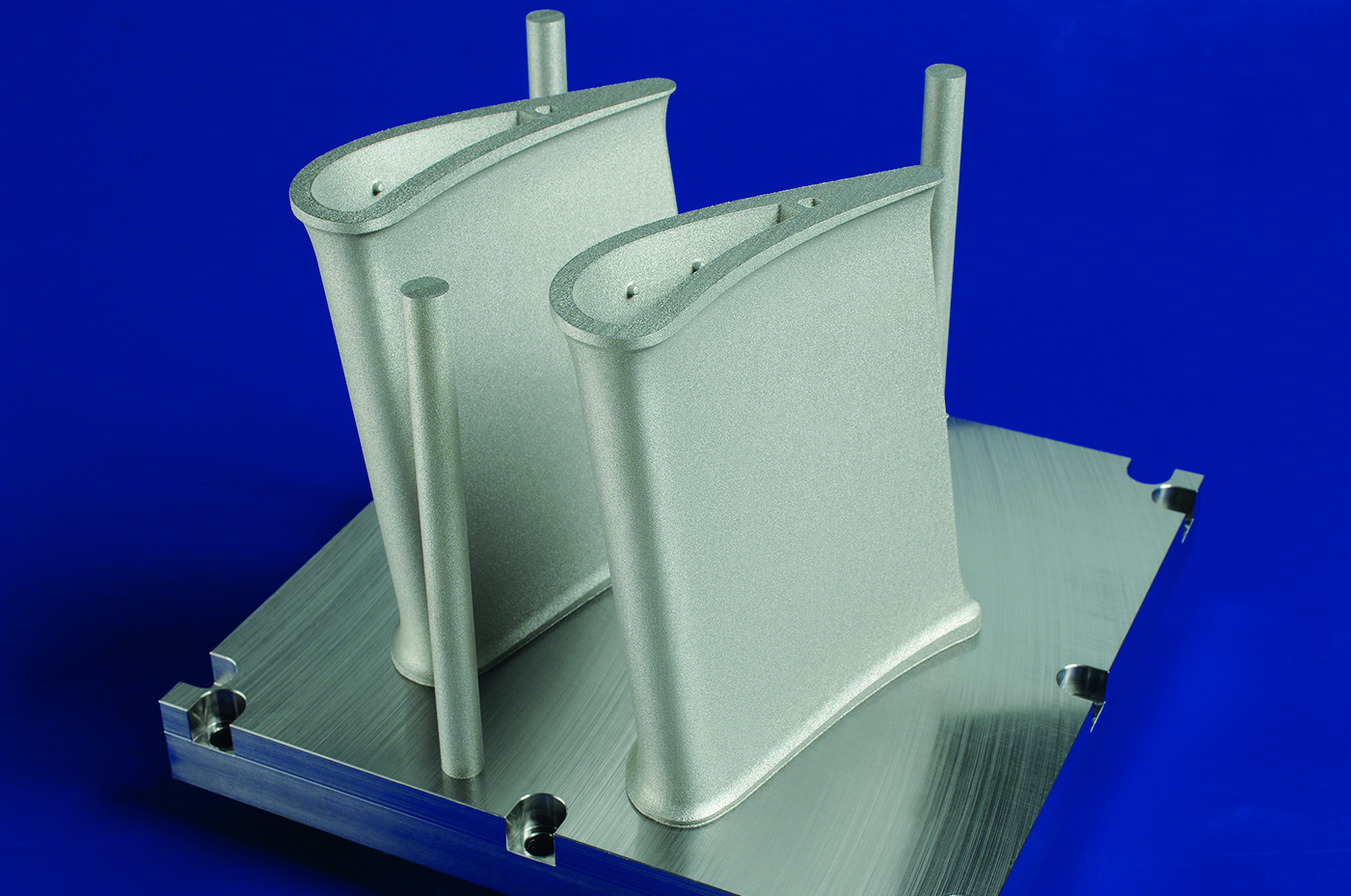
SIemens and the Fraunhofer Institute for Laser Technology have reportedly developed a faster production process based on selective laser melting (SLM).
Currently, the long lead time of turbine blades and vanes presents a big challenge to the validation of new part designs in engine tests, and conventional vane production through casting is unsuited for the fast iteration cycles required in the development of hot path components, the companies suggest.
Last year, Siemens commissioned its Clean Energy Center, a new combustion test center in Ludwigsfelde near Berlin. The center develops and refines gas turbines as a facility for conducting realistic tests on various turbine components with liquid or gaseous fuels. Improving the combustion processes involved is the key to achieving greater energy efficiency in the turbines.
During the tests, individual turbine parts are exposed to temperatures of 1500°C or more. Such components are usually manufactured from superalloys in a precision casting process, in which each iterative loop may last several months and incur significant costs. Thus far, this has severely curtailed the number of tests possible.
Experts from the Siemens gas turbine manufacturing plant in Berlin and the Fraunhofer Institute for Laser Technology ILT in Aachen, Germany, developed a laser-based technology that speeds up the manufacturing process for turbine vanes slated for the hot gas area of the engine. To withstand the high temperatures over long periods of time, the turbine vanes require complex internal cooling structures, which can be made using SLM. The scientists were able to develop special processes that made it possible to produce the relatively large parts (up to 250 mm) at Siemens with improved dimensional accuracy and surface quality.
According to the companies, it may now be possible to connect cast and SLM-made parts, leaving complex or variable parts to be produced using SLM. At the same time, it would also facilitate the production of parts with difficult geometries that are currently too large for the SLM process.
This story is reprinted from Siemens material from with editorial changes made by Materials Today. The views expressed in this article do not necessarily represent those of Elsevier.





